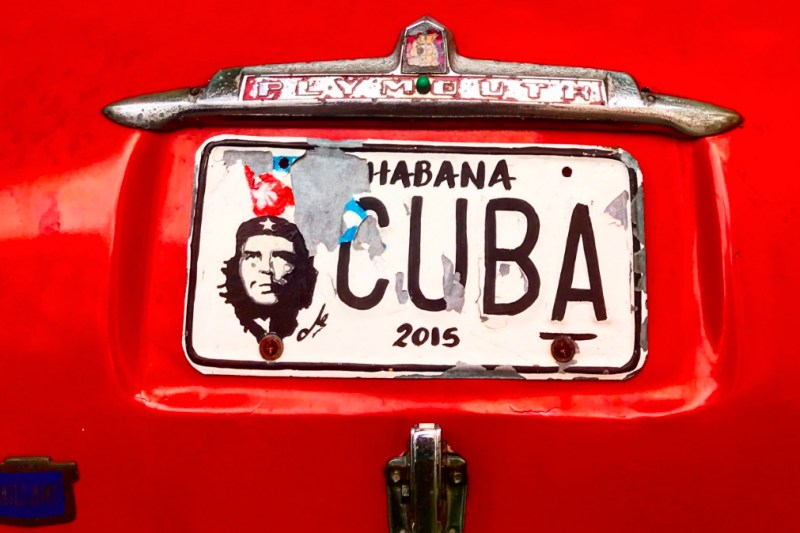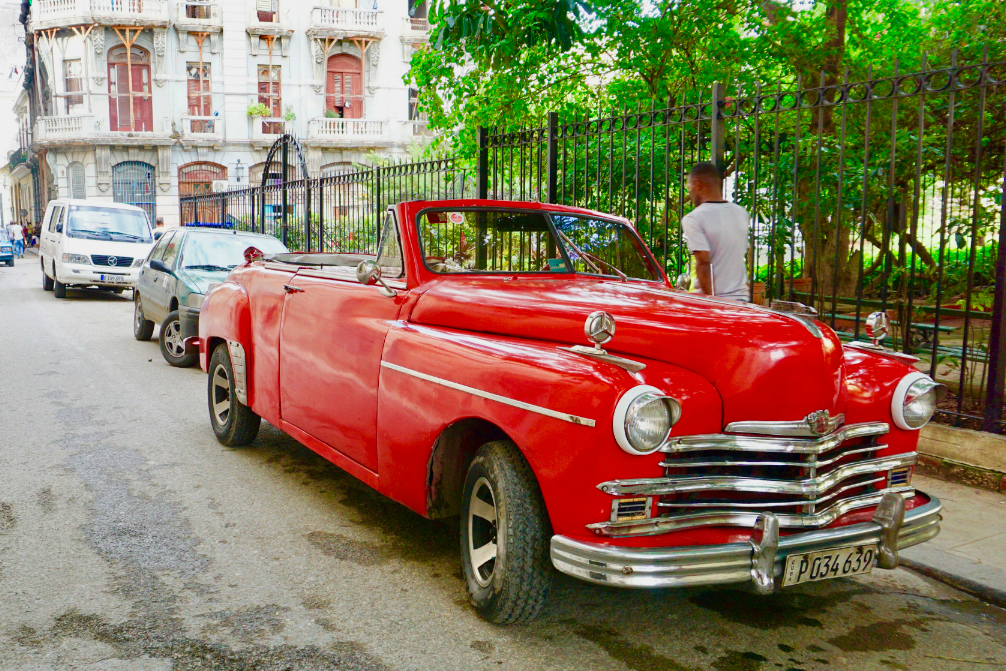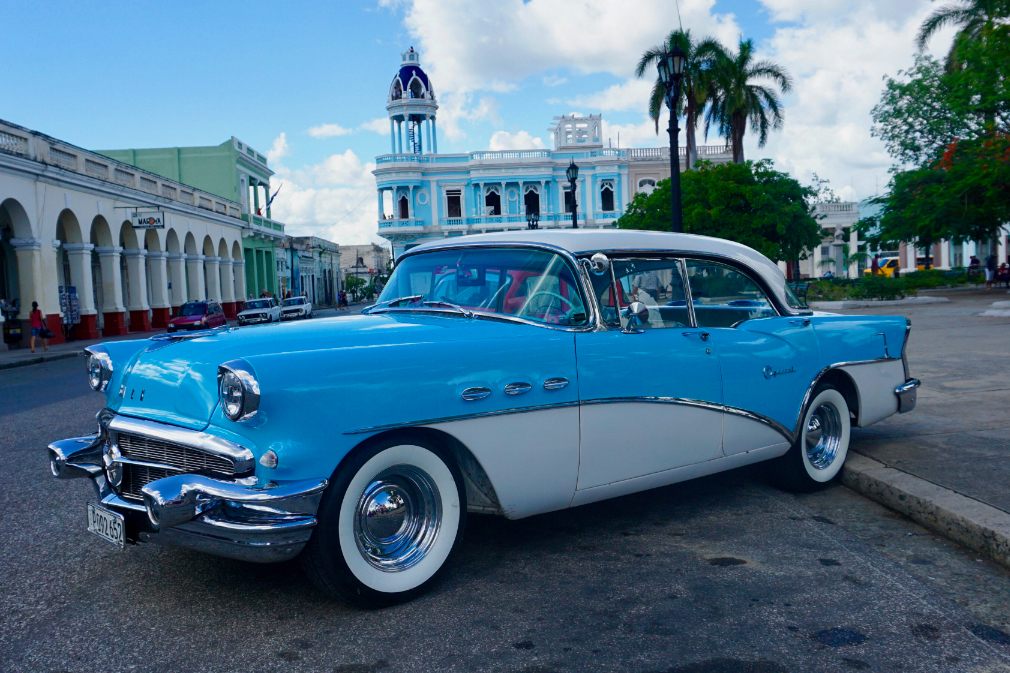Few images are more iconic of modern-day Cuba than its ubiquitous classic American cars, but they’re more than just an Instagram-worthy photo op. Instead, they persist as a symbol of life under Castro-led communism, a rocky Cuban-American history, and of Cubans’ commitment to ingenuity and perseverance. Now, for the first time ever, the country is honoring these automotive icons with a surprising new Concours event to feature more than 200 cars dating from 1919 to 1960

The concept was forged by local, nonprofit car enthusiast club Amigos de Fangio to honor the 120th anniversary of Cuba’s first auto import in 1898. On December 15, the Classic Car Contest will roll down Havana’s Malecón and Paseo de Martí avenues. The massive fleet will be ushered by a 1948 Packard Clipper which will lead the procession to a gathering point in front of the city’s newest and most luxurious hotel, Hotel Iberostar Grand Packard. Here, contest entrants will wait to be judged on just two potential awards: the most popular car and the most original car (a.k.a. the Gran Premio de Conservación)
A classic car parade might seem like an ordinary event for Statesiders, even American auto lovers. In communist-led Cuba, however, finding a properly restored classic car is a Herculean task. The median income for Cubans is just USD $22 per day, so just having a car — any car — is a luxury. On an island of 11 million, there are only 60,000 cars. Plus, the country’s decades-long import ban on foreign cars and foreign car parts has made it near-impossible to keep its classic
This has forced an odd sort of ingenuity on Cuba’s classic car owners. Over the years, many resorted to fixing their almendrónes (as the cars are locally known) with whatever spare parts they could find. This includes pillaging the guts of everything from Soviet-made Ladas to motorbikes to lawnmowers, or flat-out forging replacement parts from scratch. Decades of ingenuity have borne a deep-rooted pride among the country’s fortunate owners. Amigos de Fangio’s technical expert, Pablo Alvarez, told the Associated Press: “Cubans treasure these vehicles and live proud of them.” Many of the
The era of icy Cuban-American relations appeared to thaw within the last decade. In 2014, Infiniti successfully marked the first foreign import in nearly 60 years. However, with the latest changes in the U.S. presidency, the two countries appear to be at odds yet again. For now, it seems the island will need to continue to make do with the cars and car parts that it has. It’s great for photo-hungry tourists to Cuba; perhaps not so much for the island’s locals






